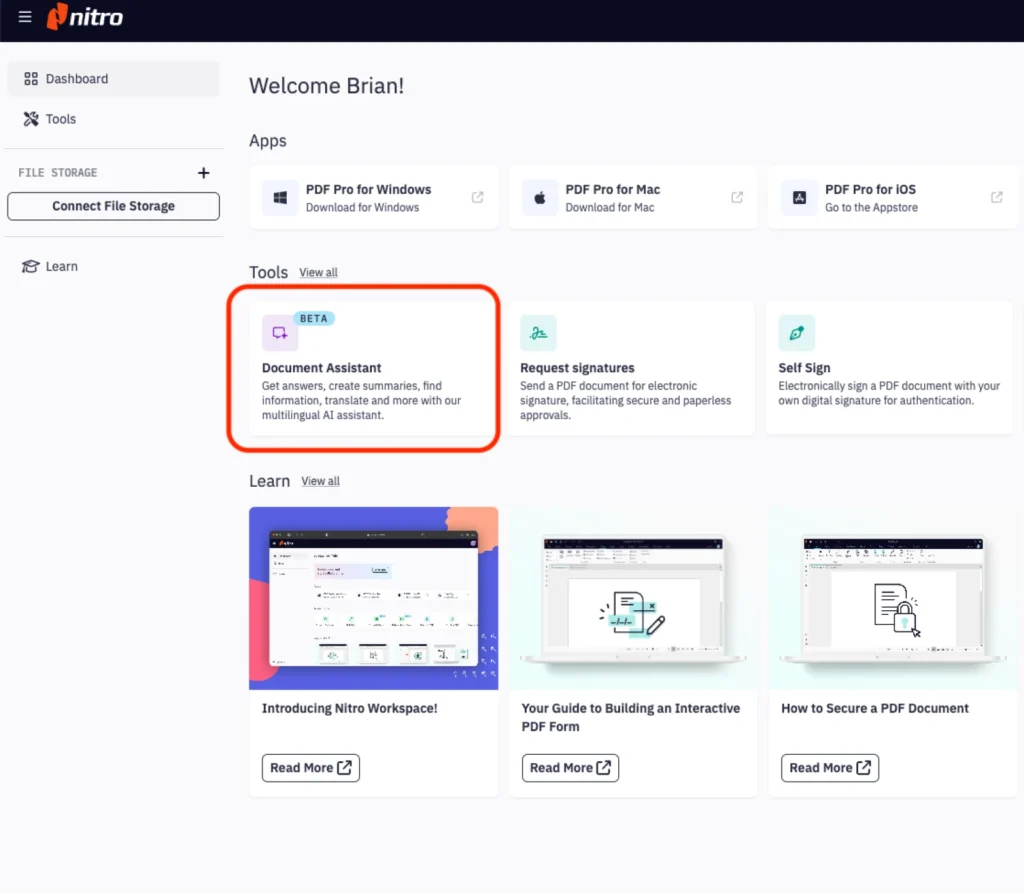When customers seek to modernise their applications and future-proof their businesses as well as increase agility, productivity and efficiency today, they can benefit from the LANSA low-code platform.
Building applications with LANSA eases the path to:
- Full device compatibility, regardless of device.
- Optimum application performance, regardless of task.
- Maximum efficiency and sustainability, even across hybrid environments.
MODERNISE STRATEGICALLY WITH LANSA
Relying on legacy applications, even if the original bedrock of an organisation, can cause an agility reduction over time that can strangle business outcomes. Application modernisation ensures the enterprise can stay resilient, responsive, and relevant.
Examples include applications for the IBM 5250 terminals, originally rolled out alongside IBM System/34 way back in 1977 – connecting with deployments from System/34 to System/38, AS/400, Power Systems on IBM i, and even Series/1.
With LANSA‘s modernisation tools, even companies without advanced dev team skills in-house can leverage state-of-the-art technological advances – sharpening their competitive edge and relevance in today’s fast-changing economies and markets.
That’s especially true when multiple outdated tools are in use. Until the emergence of low-code solutions, this situation typically shaped up as an even bigger headache – for users, as well as IT departments. LANSA future-enabling tools include aXes, RAMP, and Visual LANSA.
VISUAL LANSA TRANSFORMS OUTDATED SYSTEMS
With Visual LANSA, developers can revise legacy systems with less effort and resource, breathing life into streamlined application ecosystems, including mobile.
Benefits include:
- Single Low-Code Language. The single codebase frontend-to-backend orchestrates entire applications, reducing costly multi-stack development and maintenance.
- Active Repository Engine. Every element needed for the application can be kept in a single active repository, benefiting from user-defined business rules that can be applied to all application modules and components for greater efficiency.
- Single Visual Development Environment. Script one moment, then leap into visual drag-and-drop development with the easy-to-use LANSA integrated development environment (IDE).
- Business-Ready Performance. Low-level code compilation makes performance a breeze across multiple hosted platforms, including Windows, IBM i, and in the cloud, leveraging deeper OS integration resembling native-level performance.
- Cross-Platform Deployment. Because LANSA boasts integrated responsive design, it’s easy to deploy from desktop to mobile, across different platforms, without code changes.
- Write Once, Run Anywhere. Whether organisations need cloud or on-prem deployments to Windows, IBM i, or Linux, flexibility is optimised.
- Data Services Independence. Database and data access complexities can hamstring dev teams, but LANSA offers an abstraction layer to ease database management across different products.
Read the full LANSA guide to application deployment – here – to cover off the vast array of settings and options for deploying Visual LANSA to target machines.

ACHIEVE BEST PRACTICE, FUTURE-PROOF APPLICATIONS
LANSA recommends four key strategies for future-proofing applications, incorporating fully strategic planning that ensures goals align with organisational requirement.
- Assess current 5250 applications against modernisation requirements. Do features need removal or adjustment?
- Scope out what can and can’t be done in relation to current 5250 ecosystems. What features will be needed in future?
- Consider potential effects on scalability, productivity, security, framework, navigation, and integration capability for performance and reliability.
- Set goals for application aspects including user interface (UI), framework, and any additional features required, while remaining clear about objectives.
- Create an application blueprint and detailed design aligned with the above, planning out steps in the coding process to minimise the chance of re-do.
A fully strategic, exacting approach promotes orderly development and customisation, paying attention to different device and platform requirements today and in future. Tools from LANSA include aXes for refacing of legacy applications and RAMP for modernisation, including support for progressive web applications (PWAs) and incorporating third-party tools or integrations.
LANSA’s unique take on low code is detailed in this free whitepaper – not only do you get the speed and savings opportunity of low-code but retain the ability to customise and apply dev skillsets.
EXPAND TOTAL ADDRESSABLE MARKETS WITH LANSA
Low-code development on the LANSA platform, in short, can ensure organisations don’t languish or fall behind as markets evolve. Organisations can more easily expand the total addressable market available to them, or move into new markets (discarding others, when needed).
Better applications that are up-to-the-minute with performance can enhance customer satisfaction, improve efficiency, and much more.
As LANSA says, ‘the world is changing every minute, and people demand something easier day by day.’
Over 8,000 businesses around the world already use LANSA to develop, maintain and integrate their business applications.
GIVE THE QBS TEAM A CALL OR SEND A MESSAGE TODAY TO LEARN MORE.
Email QBS at:[email protected]
Telephone QBS on: +44(0) 20 8733 7100
( Photo by Austin Distel on Unsplash )


